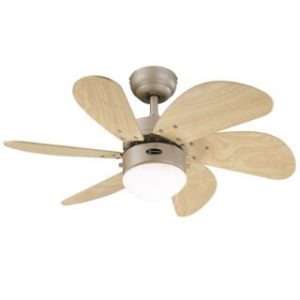The controls of a standard ceiling fan incorporate control for three paces low, medium, high, just as there being another control for the light. A few fans are currently coming standard with a control for how you need the sharp edges to turn. Obviously, they all change with the producer. To make the controls all the more effectively available, a ton of these items are accompanying remote controls. Ceiling fans are ordinarily used as a cooling gadget in the more sizzling months. They work by pushing air down from the ceiling, which at that point makes a breeze chill impact. In those colder months, a ceiling fan can go about as a warmth transferor, by switching the course of the edges. While doing as such, the fan will pull air up, which takes the virus air from the floor and pushes it up with the goal that it is away from you.

Recall however, as long as the fan is set at a lower speed, a breeze chill won’t be made. A fan that works on turn around has the main edge of the fan sharp edges as the descending edge; and much of the time this revolution of the cutting edges is clockwise when the administrator is remaining beneath and taking a gander at the fan. Likewise with most things, it isn’t too straightforward. In the event that you have a standard ceiling tallness, which is something close to eight feet, at that point you should run the fan the clockwise way throughout the winter months. In particular, the ceiling fan sharp edges must be running with the lower edge of the cutting edge being the main edge into the air. Utilizing the fan with the main edge of the cutting edge down, will pull the air in the room upward which pushes the warm air floating close to the ceiling out and away and drives it to mix with the remainder of the air as of now around.
Despite the fact that it is a sensible clarification to run the fan in the inverse counter clockwise course pushing sight-seeing down legitimately, this creates a breeze in the room giving an undesired ‘cooling’ impact and is along these lines not compelling for typical ceiling statures. For those ceilings that are higher, in excess of eight feet, you should run the fan the counter clockwise way when cold outside. In particular, the quat tran trang tri sharp edges ought to be running with the top edge of the edge being the edge noticeable all around. By having the main edge of the fan cutting edge up, it should push the air close to the ceiling down towards those in the room. The breeze that is then produced by working the fan toward this path won’t be recognized at low speeds on the grounds that the fan tallness is tall enough that the breeze has gotten non-existent before arriving at the stature of the room.